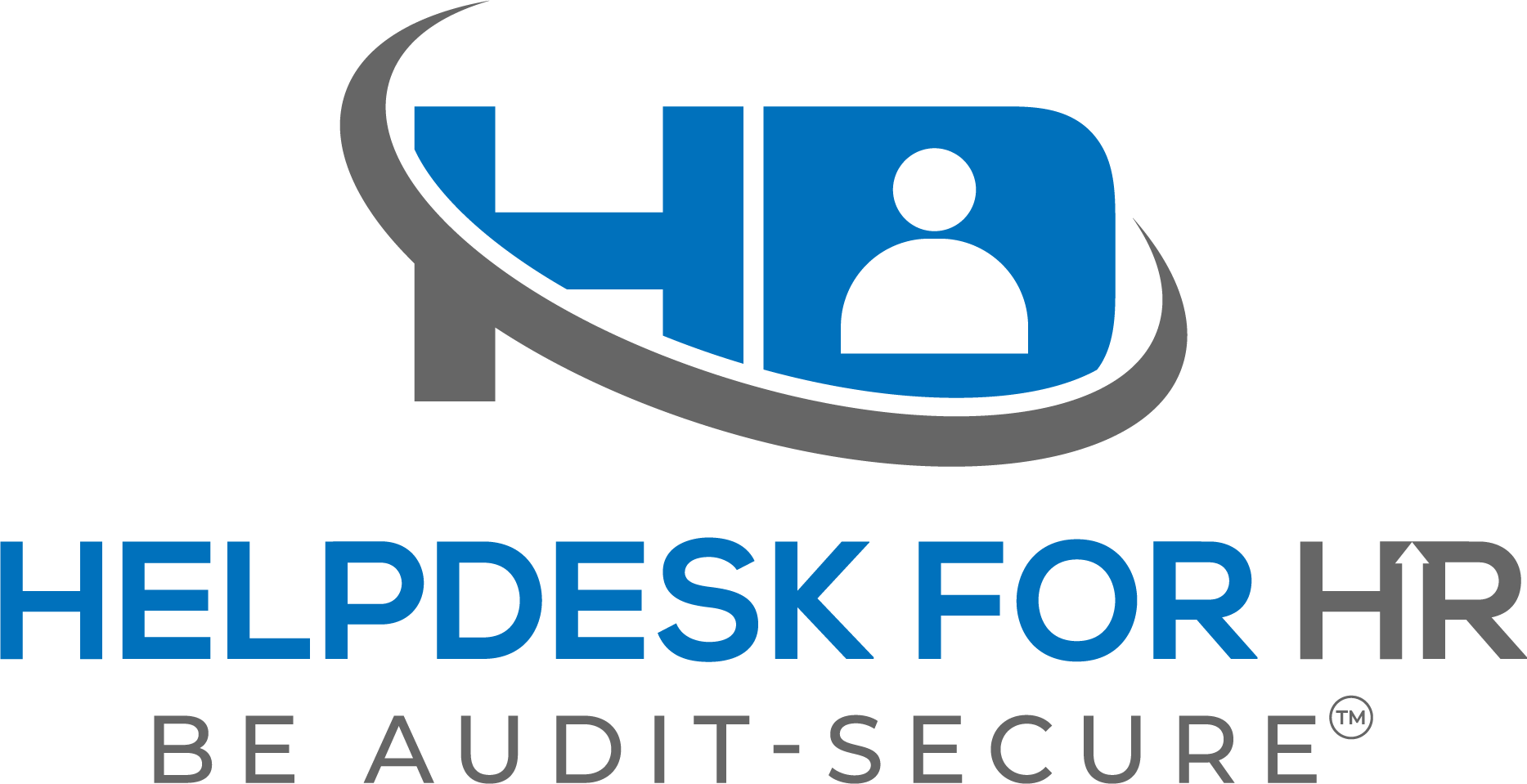Unemployment is usually paid to the state where the work is performed. But, there is a set of 4 tests you should review to be sure. https://oui.doleta.gov/dmstree/uipl/uipl2k4/uipl_2004a1.htm
- Localization of service
- Base of operations
- Direction and control
- Residence
Only move on to the next test if an employee’s situation doesn’t fit the test. For example, if an employee’s service is localized, don’t use the base of operations test.
Localization of service
The first question you must ask is whether the employee’s service is localized in the state. An employee’s work is localized if they work entirely from that state. It is also localized if the employee works primarily in that state and temporarily—in isolated situations—in other states.
So, is the employee’s service localized in one state?
If YES, this is the state you send the SUTA tax to. If NO, move on to the base of operations test.
Base of operations
If your employee’s service is not localized in one state, you need to ask whether they perform some work in the state where their base of operations is located. “Base of operations” means the place where an employee begins work. It may also be where an employee:
- Receives instructions or communications
- Replenishes inventory
- Repairs equipment
- Performs any tasks relevant to their job
So, does the employee perform some service in the state where their base of operations is located?
If YES, this is the employee’s covered state. If NO, move on to the directions and control test.
Direction and control
If there isn’t a base of operations, ask if the employee performs any work in the state where the service is directed and controlled. This means the place where you, as the employer, or a manager supervise the employee’s work.
Does the employee perform work in the state where the work is directed and controlled?
If YES, this is the employee’s covered state. If NO, move on to the residence test.
Residence
Use the fourth part of the test if the employee does not work in the state where their work is directed and controlled. This residence test requires you to ask whether the employee conducts some work in the state where they live.
So, does the employee perform any service in the state where they live?
If YES, this is the employee’s covered state.
Source: https://www.patriotsoftware.com/blog/payroll/unemployment-tax-rules-multi-state-employees/
Be Audit-Secure™!
Lisa Smith, SPHR, SCP
EEOC Certified Investigator
____________________________________________________________________________________________________________________Want even more advice, given just to you? Sign Up for an annual membership today and receive unlimited advice from SPHR Certified pros & our “Ask An Attorney” feature found only with our Annual Membership. Learn More Here
Log in or Register to save this content for later.
